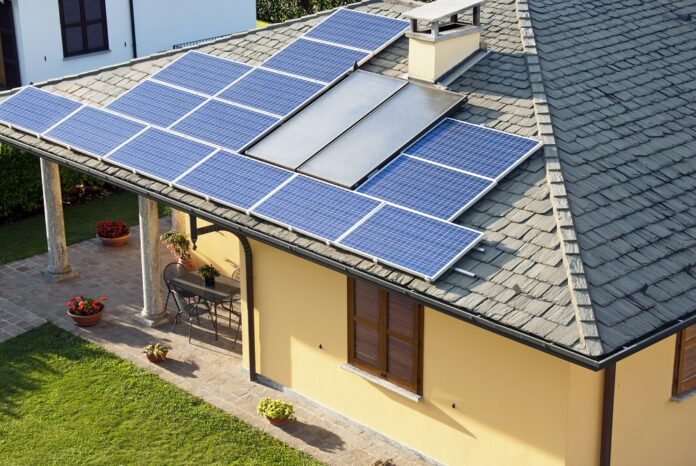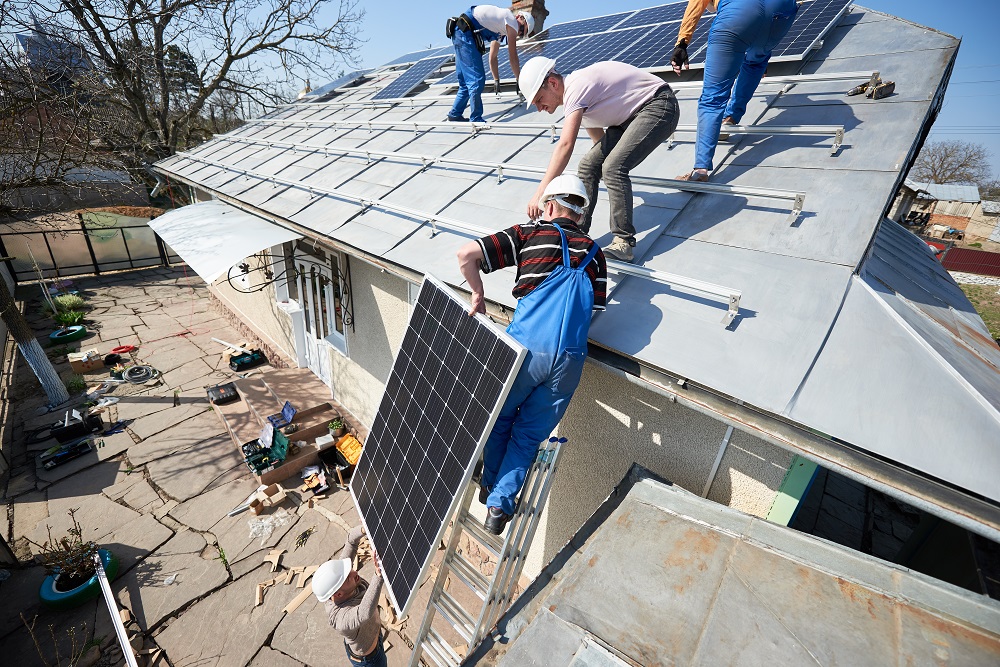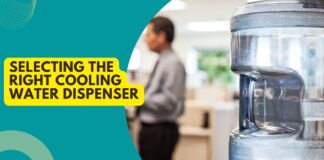The use of solar energy is fast replacing the traditional sources of electricity. Regardless of the size of your home or company, you can power it with the right combination of solar panels. If you stay in an area affected by frequent blackouts, solar panels might be the best bet for you. This ensures that you have a reliable source of energy free from external interference.
Solar panels also come in handy in very remote places where the main power lines aren’t available. Solar energy can help you save on electricity bills and may be more economical in the long run. Solar panels differ in material, required inverter, and how they should be mounted on your roof because of environmental conditions. That’s why you may need advice for solar selection and installation in your home from solar northern beaches professionals or from the local area where you’re reading this post.
With that said, in this article, you’ll learn invaluable tips that you need when you’re looking for the right solar system for your home.
1. Energy Production
You may have several appliances and electronics that you may need to power at your home. This may include lighting, ironing, cooking, or powering machines in your garden. All this determines how much power you need in your home. Different solar panels can produce different amounts of power. The power that a particular solar panel can generate is determined by factors such as power tolerance, power rating, temperature, and efficiency coefficient. When all these factors are put together, they help you choose the right solar panel for your home.
2. Manufacturer Quality
There are several aspects that you can use to determine the manufacturer quality of the panel. These include assurances and warranties attached to the equipment by the manufacturer. Just like any other system, you can expect that your equipment will degrade over the years, lowering its efficiency. Because solar panels are manufactured to last for many years, many manufacturers say that you’re guaranteed good service above a certain threshold mostly, for not less than twenty-five years. Moreover, a majority of solar manufacturers give a materials warranty for replacing or repairing when the panel fails. When it comes to the material, there four options from which you can choose:
- Monocrystalline: Because of the high silicon purity used to manufacture monocrystalline panels, they’re the best and are very efficient in light energy conversion. Because of their efficiency, they’re also very expensive. If you want high productivity and you have the budget, you can invest in a monocrystalline panel.
- Polycrystalline: They’re environmentally friendly because they use all the silicon in them. If you want to go green, this can be a good option for you. Compared to monocrystalline panels they’re cheaper; thus, you can consider getting one if your budget isn’t enough for monocrystalline, though they’re not very efficient. If you’re staying in a hot place, more than 27 °C, polycrystalline panels may not do so well in such environments.
- Thin-Film Panels: They’re the most budget-friendly option. They’re easy to manufacture, thus their fair cost. The disadvantage is that the thin film used means you’d have to spend more for maintenance. They also occupy much space compared to monocrystalline and polycrystalline panels. They may need twice space for the same output.
- Amorphous Panels: They’re a subset of thin-film panels and are good for small homes. They can be improved to give more efficiency than thin-film panels through stacking, which means putting several layers of amorphous silicon cells. However, do note they cost more compared to thin-film panels.
Moreover, when you’re looking at the manufacturer, ensure that you get a solar system sold by trusted manufacturers.
3. Durability
When you’re choosing a durable panel, you should consider your environmental conditions as they can affect the durability of the panel. You may be staying in a very snowy area or with strong winds. Make sure the solar system that you choose can withstand the prevailing environmental conditions. Solar panel professionals advise that a panel that has met IEC 61215 standards and has been tested using accelerated outdoor stress to ascertain durability can be a good choice for you. IEC 61215 is a reliability standard that was established by the International Electrotechnical Commission (IEC).
However, when you’re choosing a panel, it doesn’t mean that the topmost quality is the one that you should buy. The highest-rated panels you can expect are more expensive, which may not be within your budget. When you’re purchasing a solar panel, you can think of it as buying a car. Even though a Lamborghini is a quality car, not everyone may need it. But you can select another good car. The same applies to solar panels. On the flip side, a very cheap solar system may give you low power throughout its life. But at the end of the day, get advice for what’s best for your home or facility.
4. Type Of Inverter Used
An inverter is a key component in a solar panel system. Converters transform solar energy into a form that can be used in your home. The solar panel captures solar energy in direct current (DC), while the converter changes it into alternating current (AC), which is the current you use in standard electricity. When converting DC to AC, consider one of the following two inverters:
- String Inverters: Solar panels with string inverters are more affordable. In case you don’t need to power a lot of electronics, a solar panel with a string converter might be the best option. Your solar panels will direct the direct current to one inverter, which in turn converts it into AC energy that can now be used in your home.
- Module-Level Power Electronics (MLPEs): With this type of inverter, you’ll also get power optimizers and microinverters. These are more expensive unlike string inverters but are more powerful. MLPEs might be a good option for you, especially if where you’re supposed to place receives little sunlight or shaded or you can’t get the best angle toward the sun so you could store as much energy as you can.
For microinverters, every solar panel has its own inverter to convert energy and transfer it to your home. When it comes to power optimizers, each panel has a power optimizer inverter which is used together with a string inverter. Power optimizers are very efficient in converting DC to AC and transferring it to the main inverter.
Conclusion
Solar energy is a type of renewable energy and is environment friendly, which makes it a perfect addition for your home use. Going for solar power can serve you for the longest time possible and give you a cost-efficient output in the long term. However, you need to be considerate of your budget, the materials used in its manufacture, the amount of solar energy it can soak up, and the kind of inverter fitted to make use of this system to be one step closer toward choosing cleaner alternative energy sources.



















